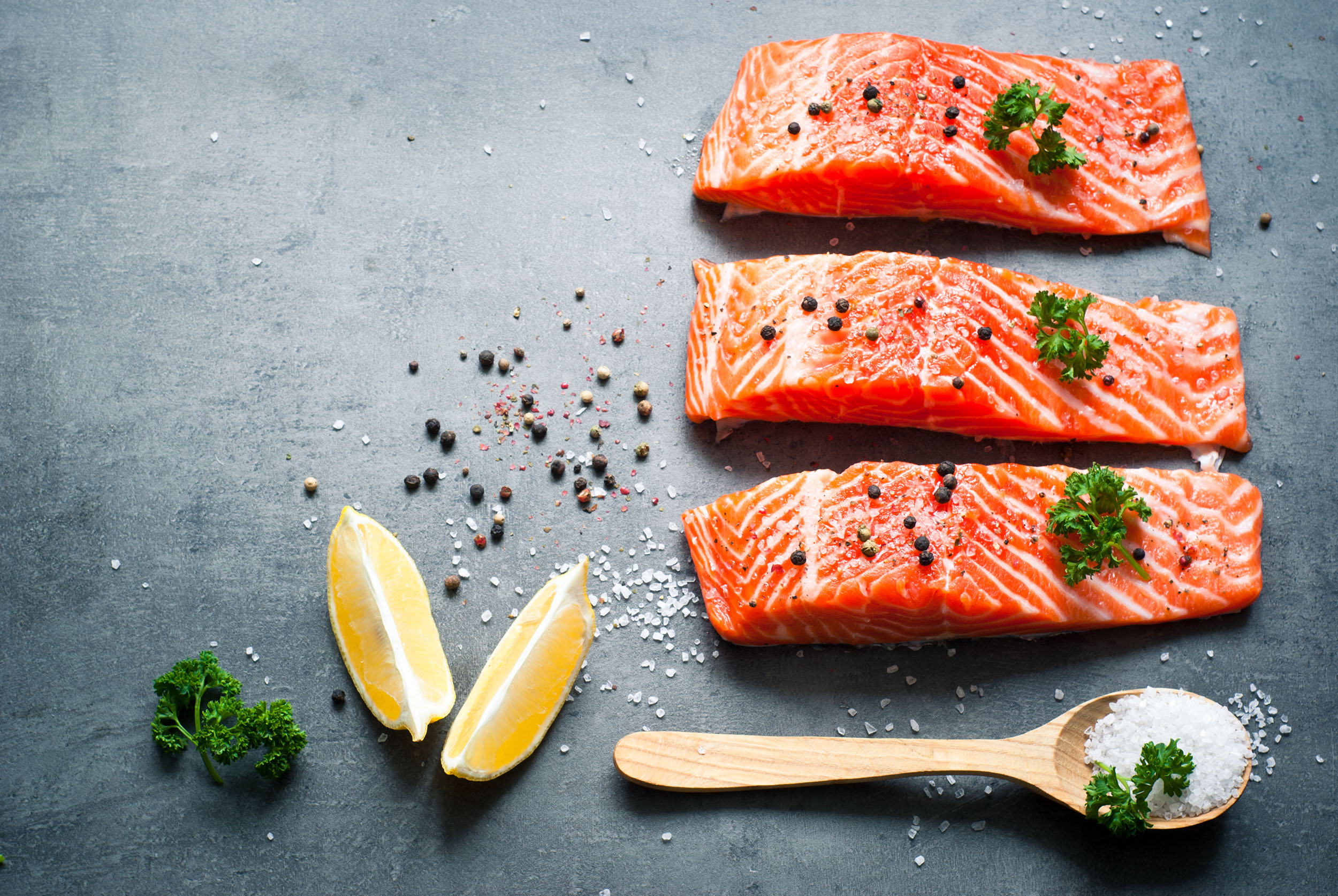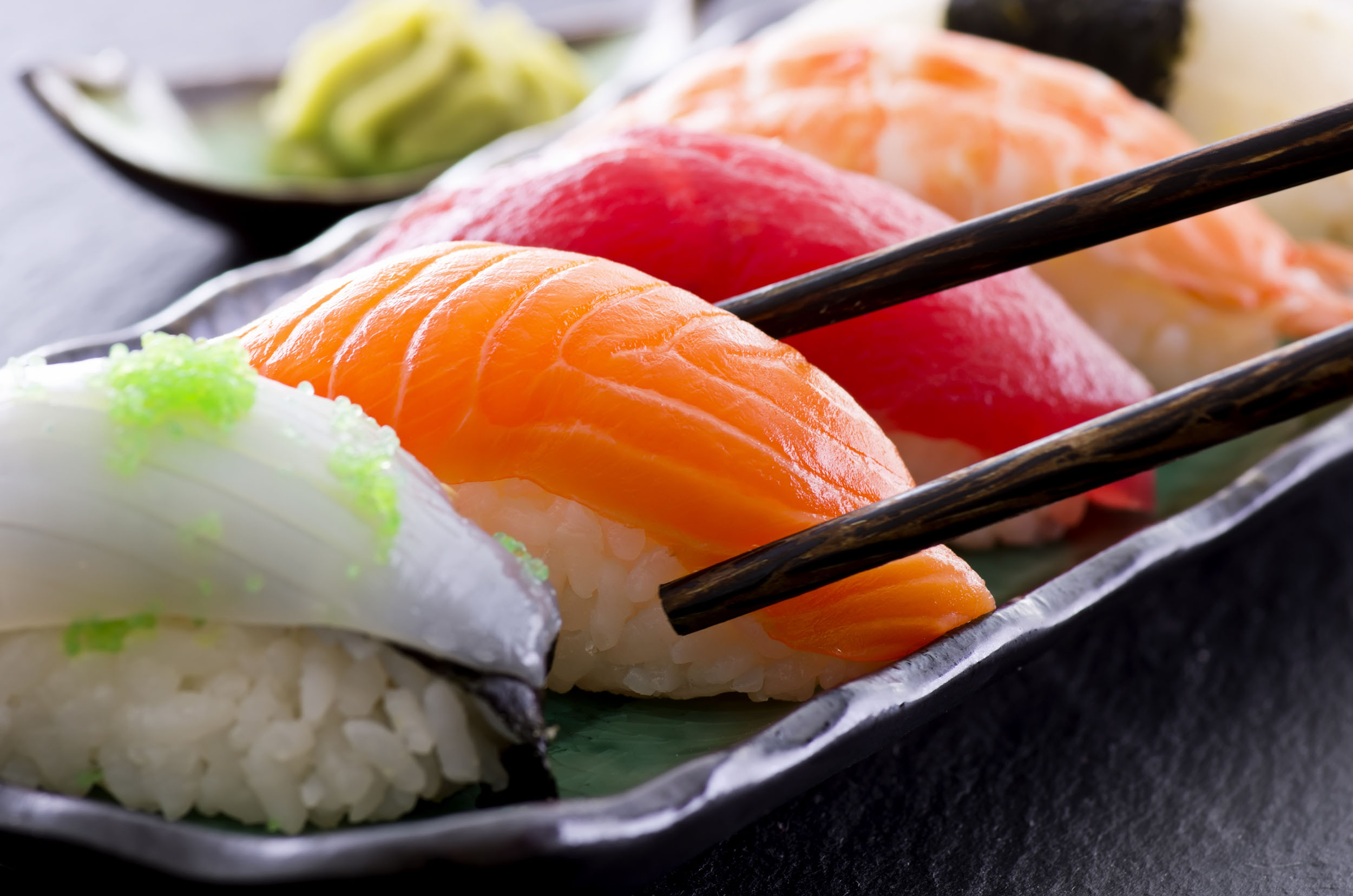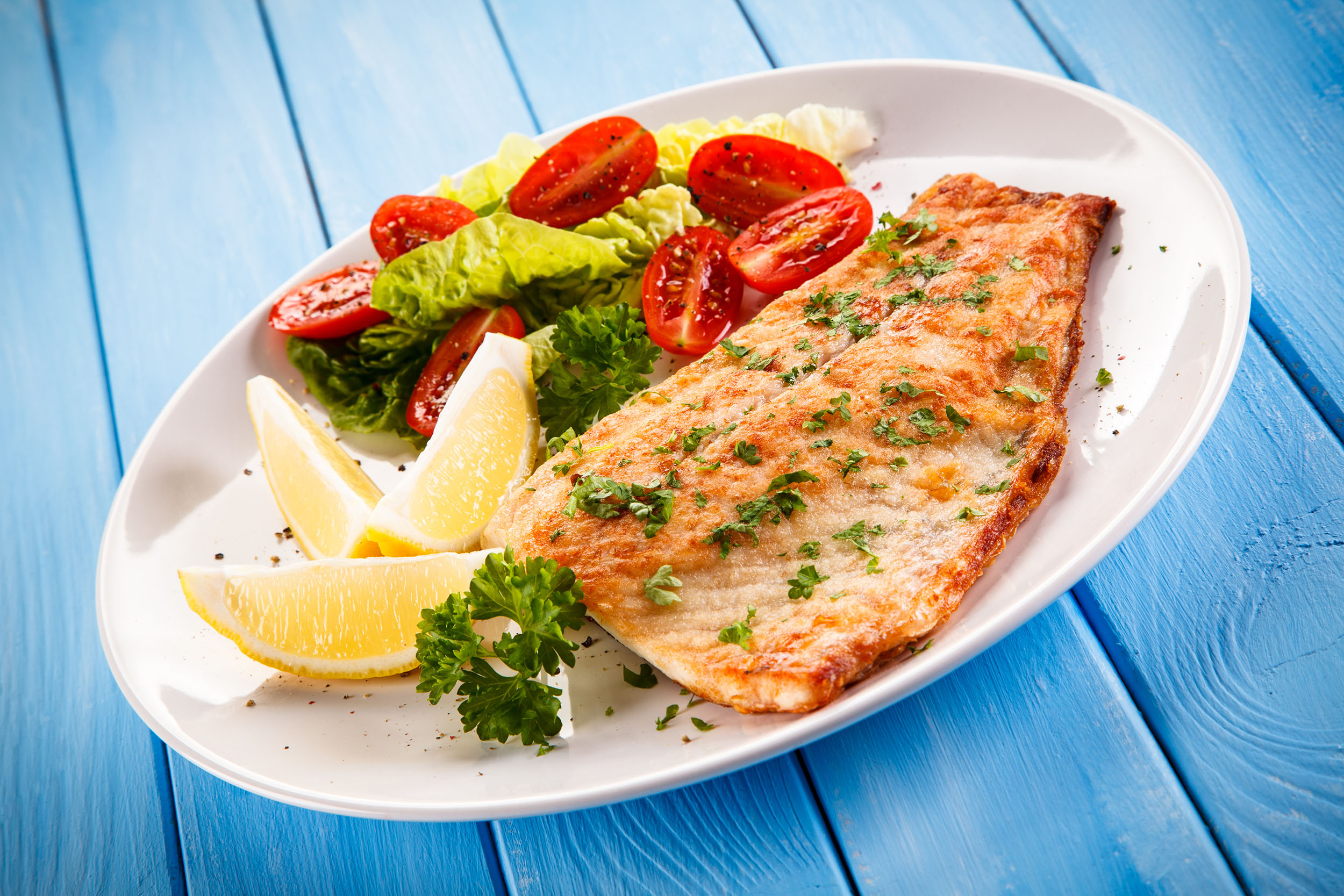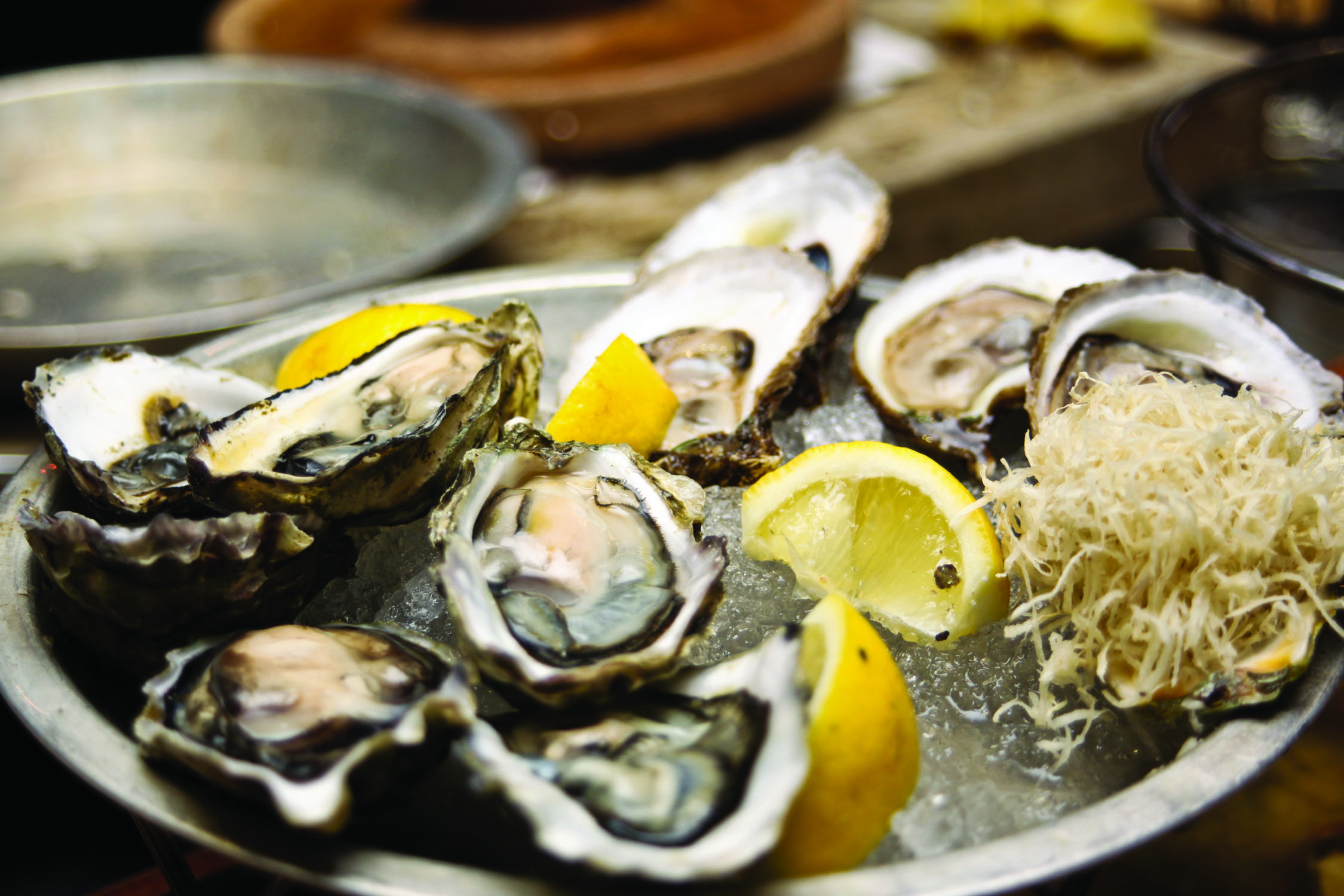Nutrient Composition & Benefits
Farmed fish and shellfish are both excellent natural sources of high quality protein and essential nutrients, including omega-3 fatty acids, vitamins and minerals. Seafood is also lower in fat – and contains less saturated fat – than other animals.
Explore the nutrient breakdown of your favorite farmed seafood in the table below.
The Value of Nutrients in Seafood
Iron
Shellfish are a rich source of iron – which is essential for proper functioning of red blood cells. For example: in 100 grams of clams, there’s enough iron to meet the recommended daily intake for men and women.
Niacin
Helps the body to metabolize carbohydrates, proteins and fats and helps normal growth and development
Vitamin B-6
Helps the body to metabolize carbohydrates, proteins and fats and helps in tissue formation
Vitamin D
Vitamin D in oily fish like salmon is essential for good bone mineralization.
Zinc
Helps in connective tissue formation; helps to maintain healthy skin; helps the body to metabolize carbohydrates, proteins and fats. Zinc is a proven immunity booster and may therefore help prevent colds and flu. Optimal zinc intake also promotes growth, mental alertness and aids in proper brain function.
Shellfish – especially oysters – are also an excellent source of zinc. According to the American Journal of Clinical Nutrition, most people only get about one half of the recommended daily intake for zinc (15 mg. for adults). And just one oyster provides close to your entire daily requirement!
Vitamin B12
Helps the body to metabolize carbohydrates, fats and proteins and to form red blood cells Vitamins such as B12 present in seafood like mussels or oysters are also implicated in relieving stress in humans. Besides being a great source of dietary minerals, shellfish are also a rich source of Vitamin B12 – which is essential for maintaining nerve fibers and making red blood cells. A 100 gram serving of clams, oysters or mussels provides more than the recommended daily intake of B12.





